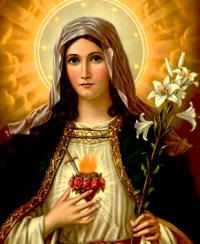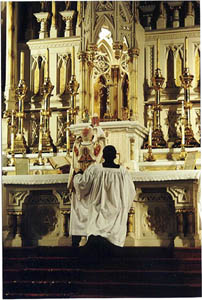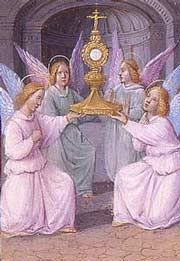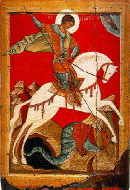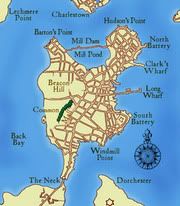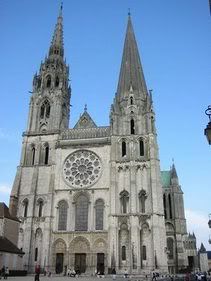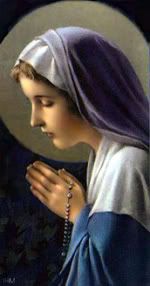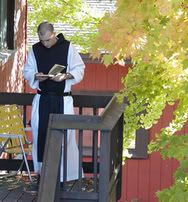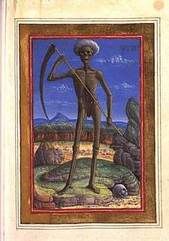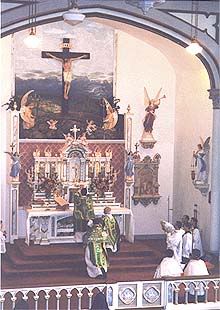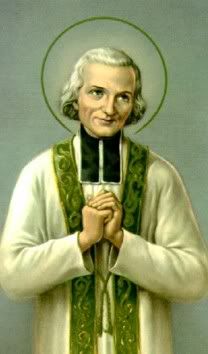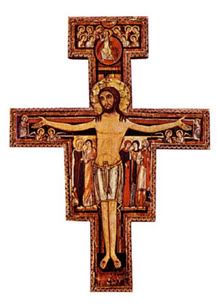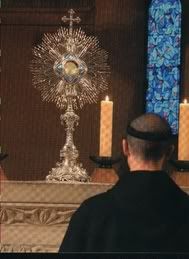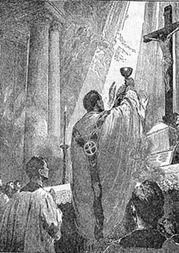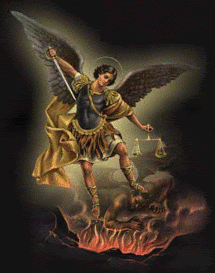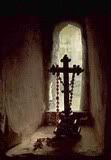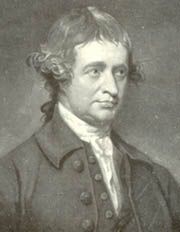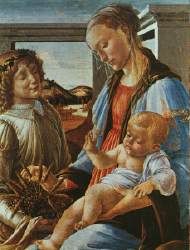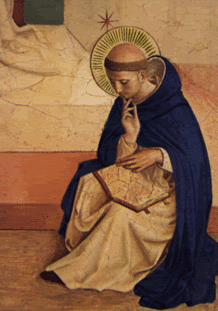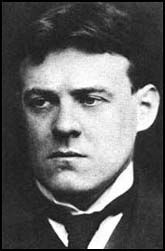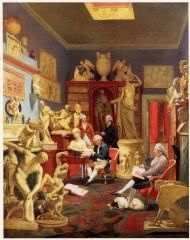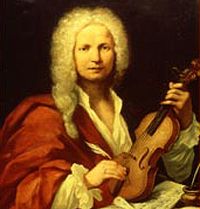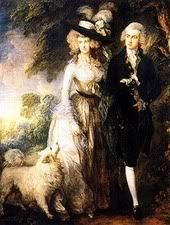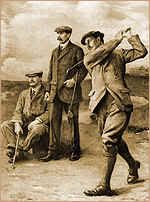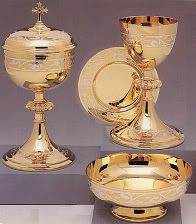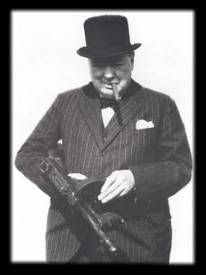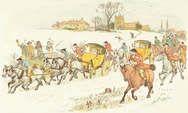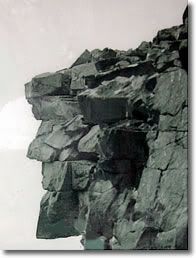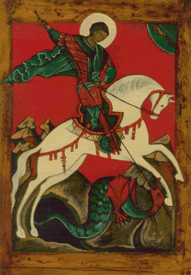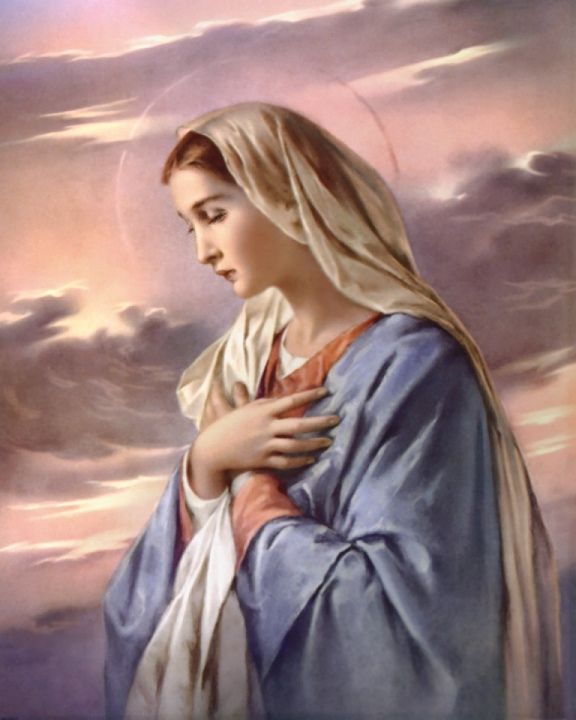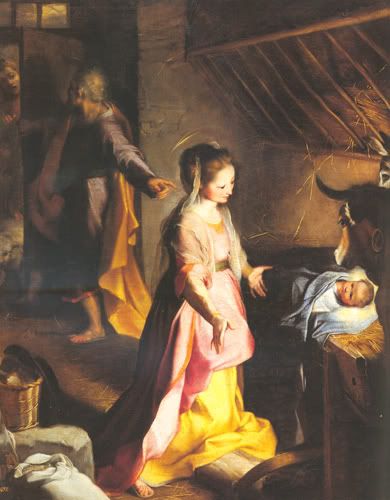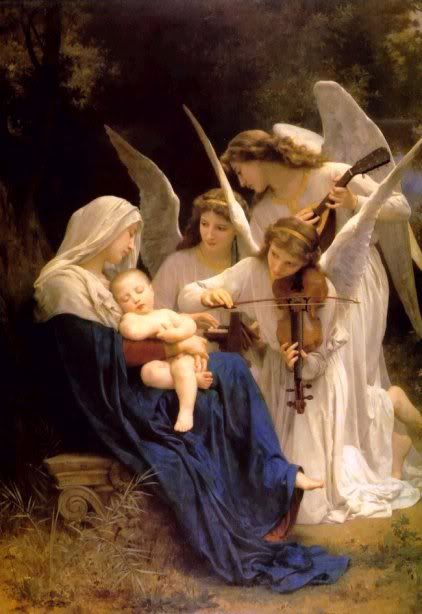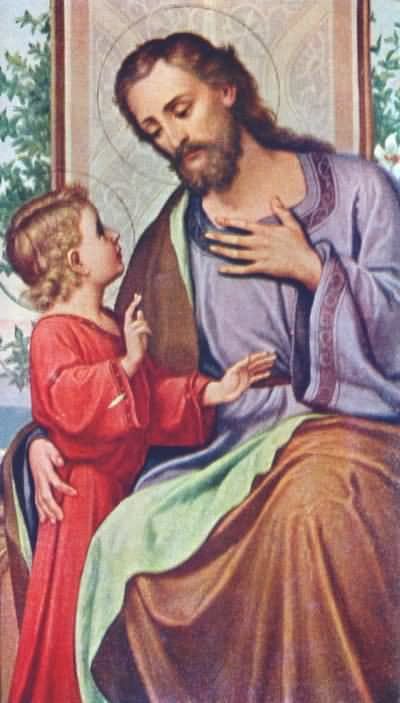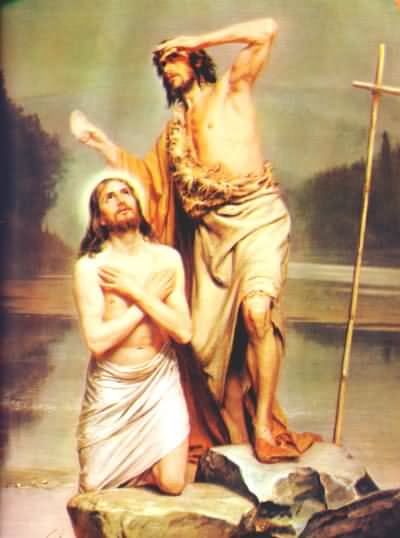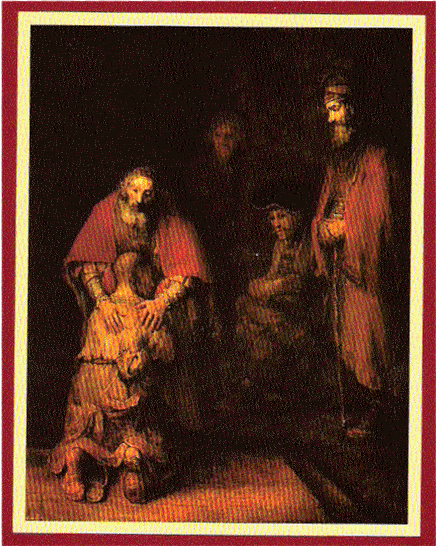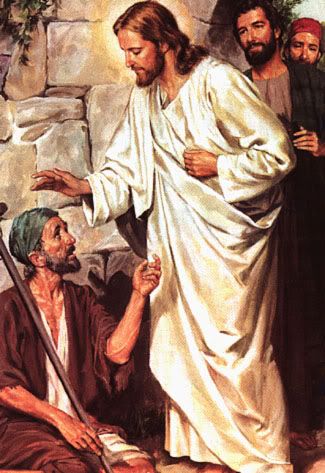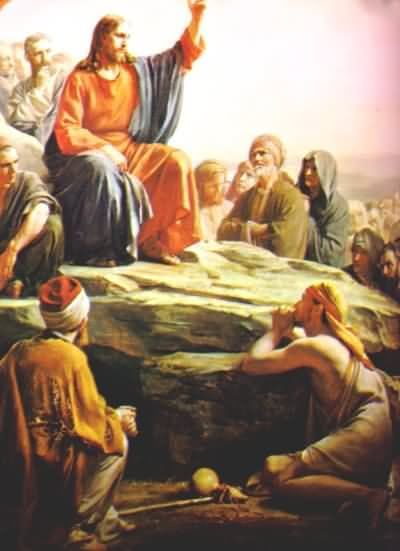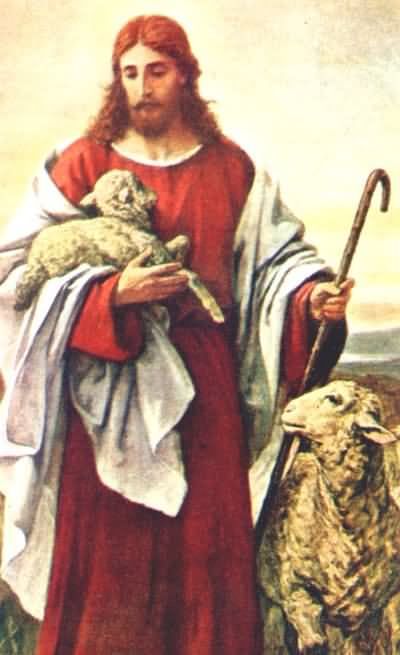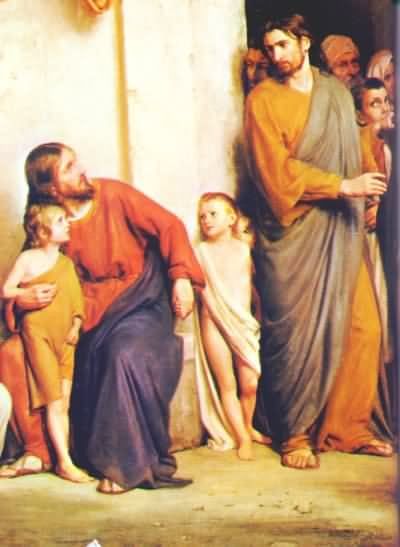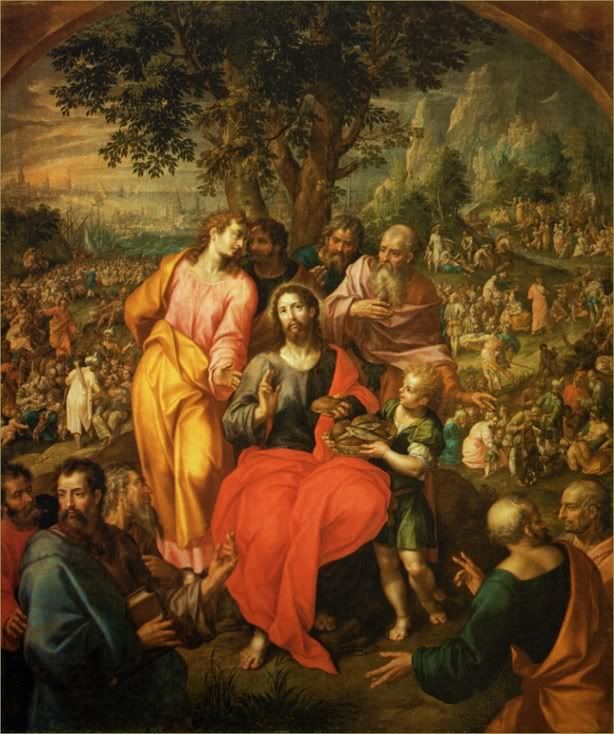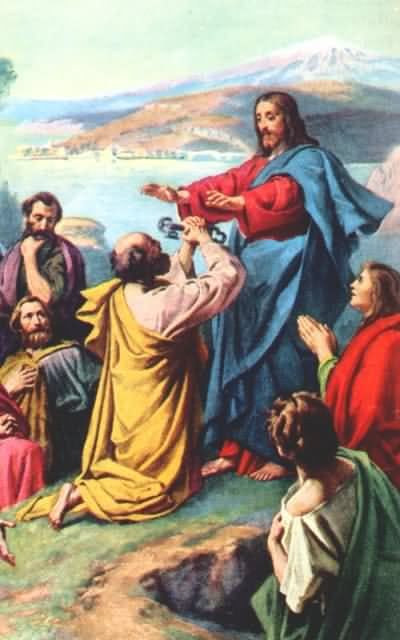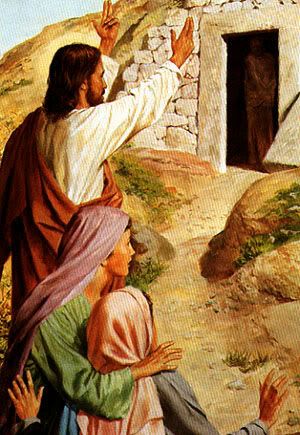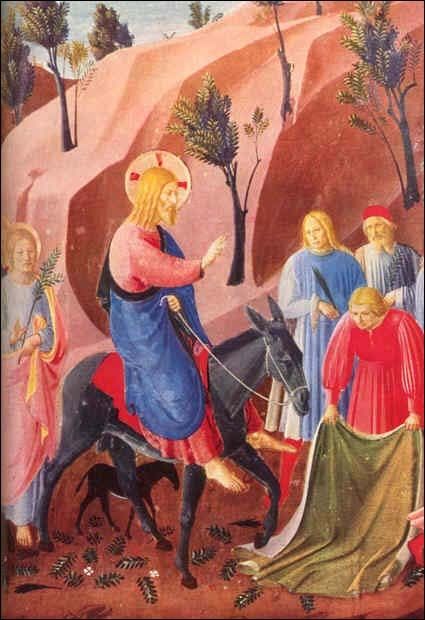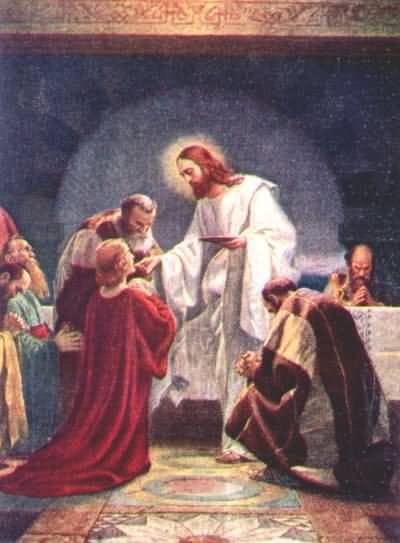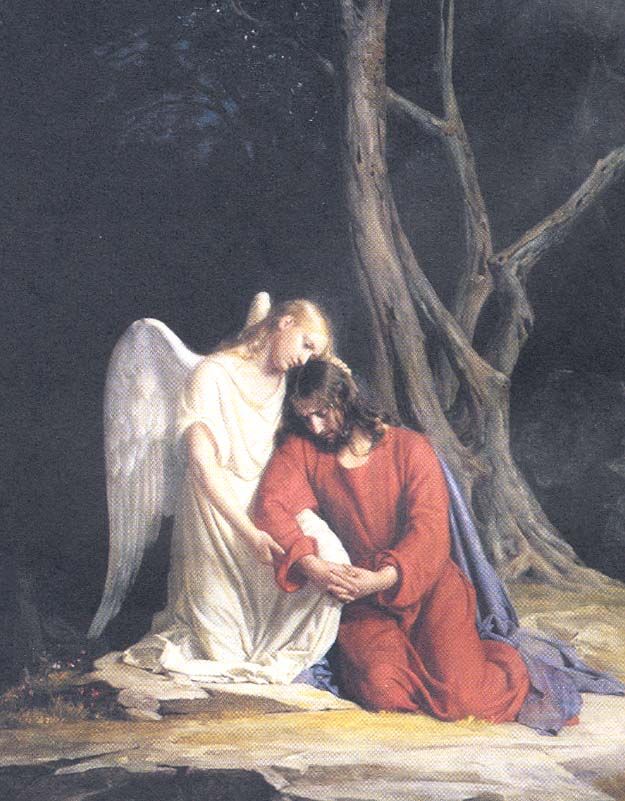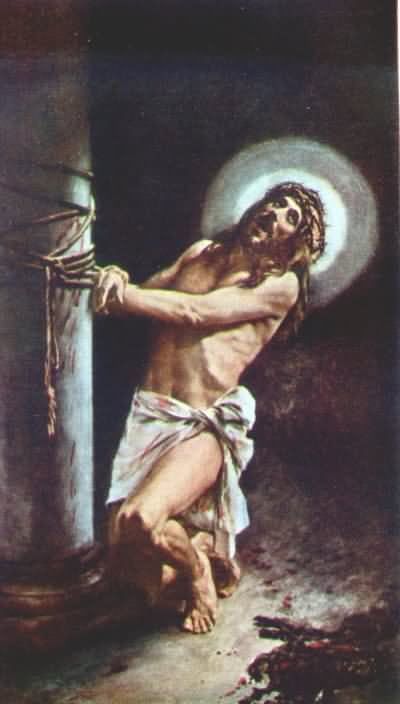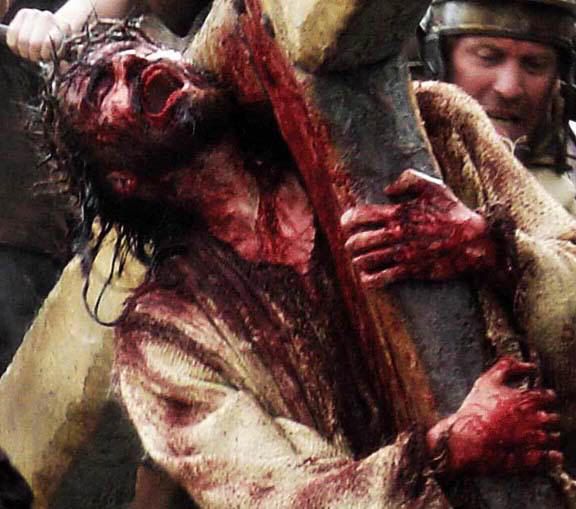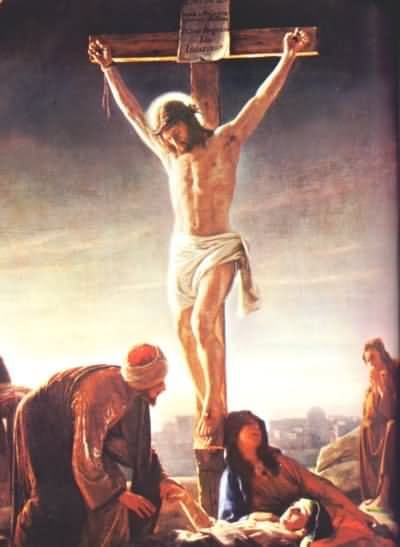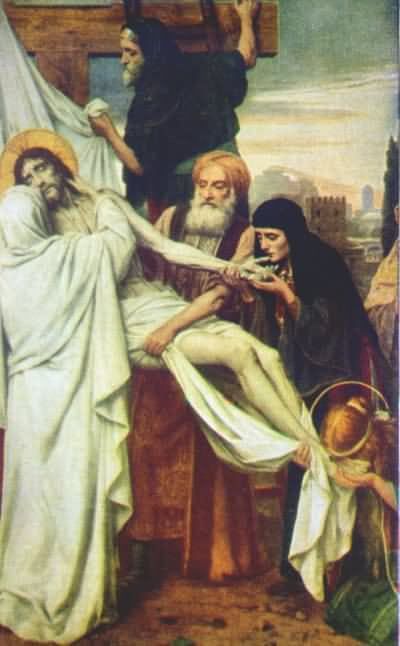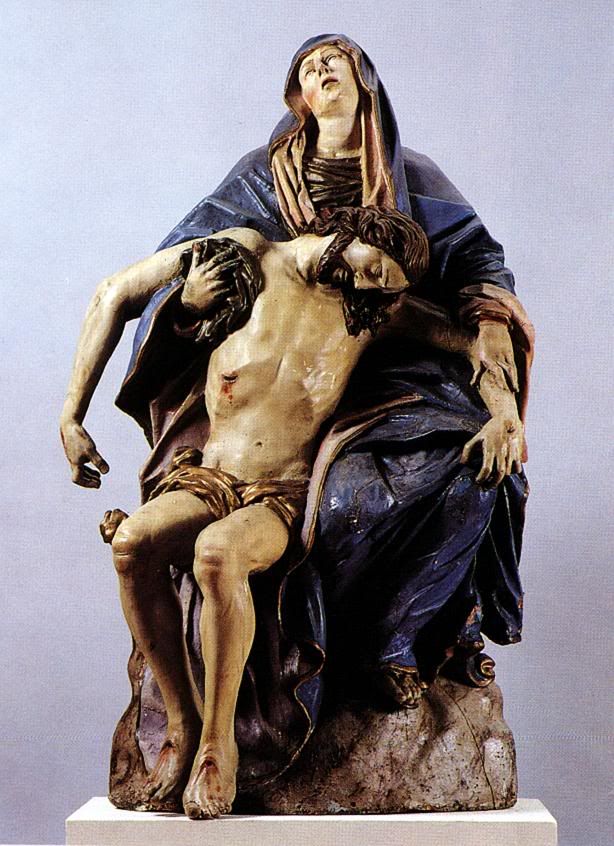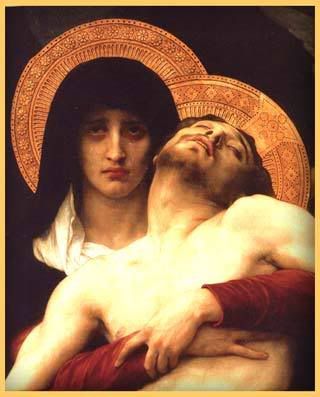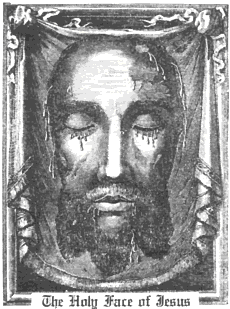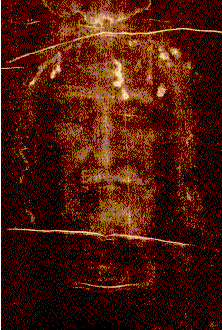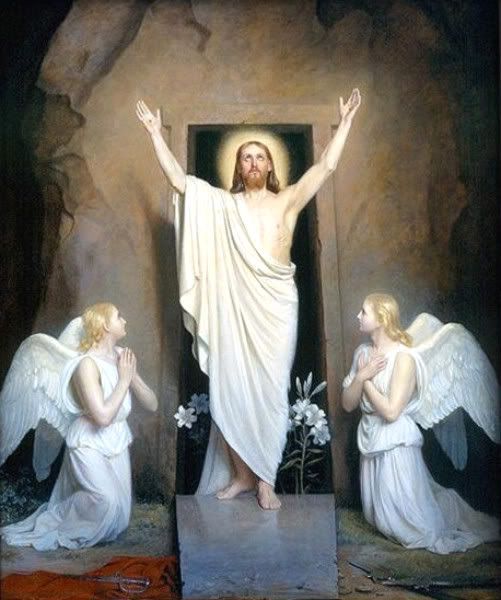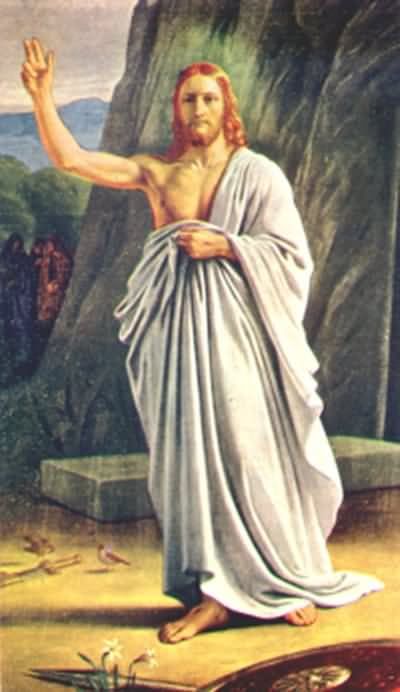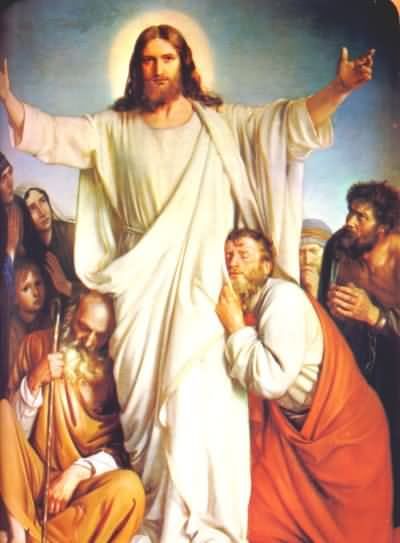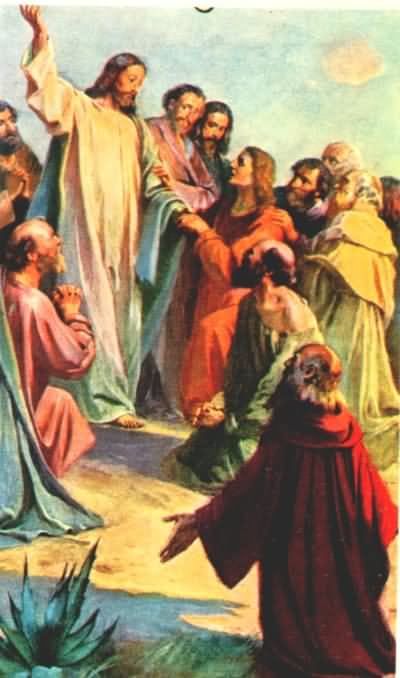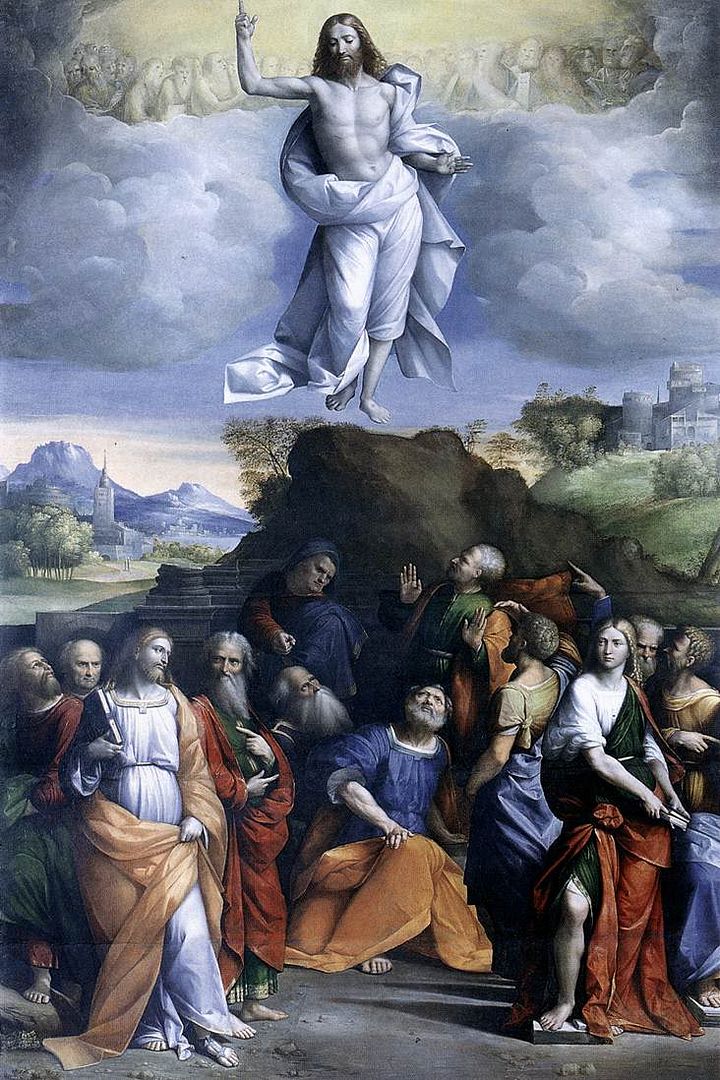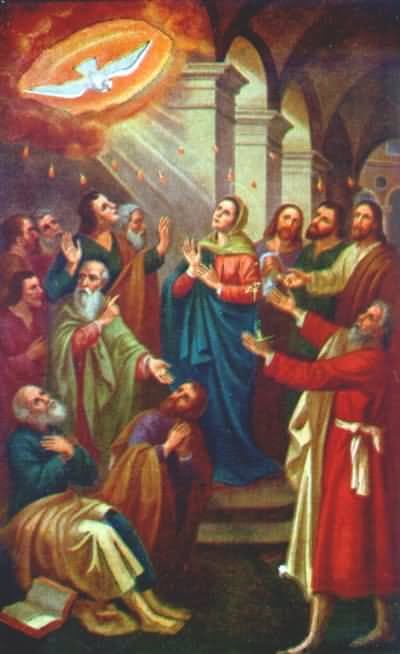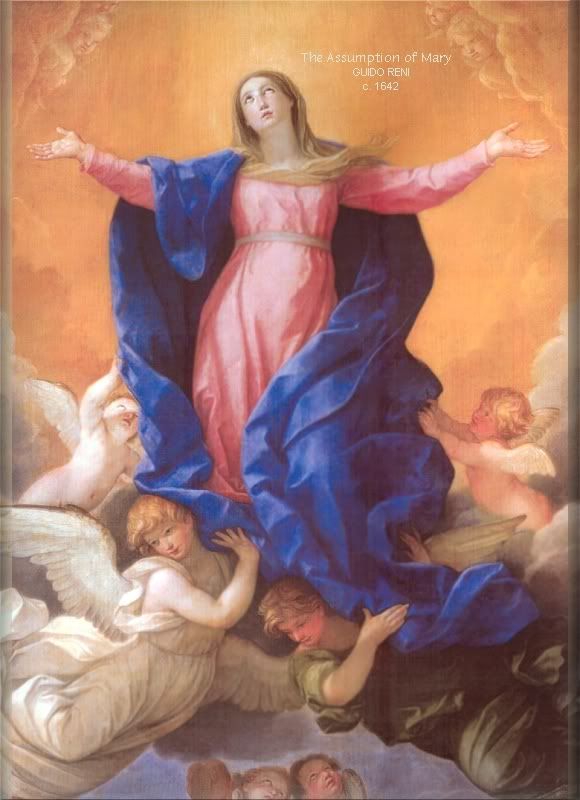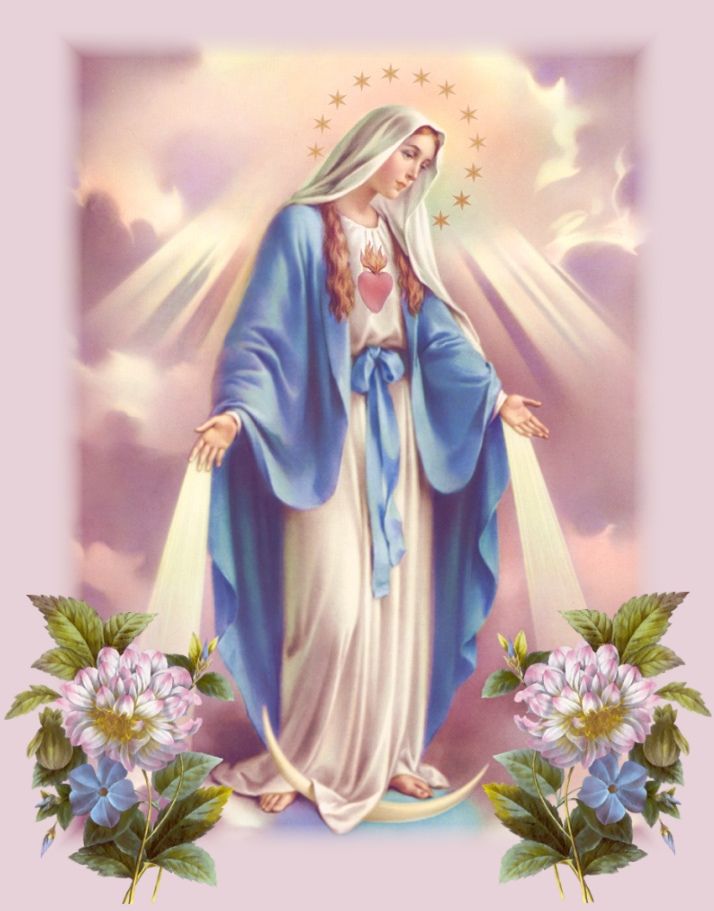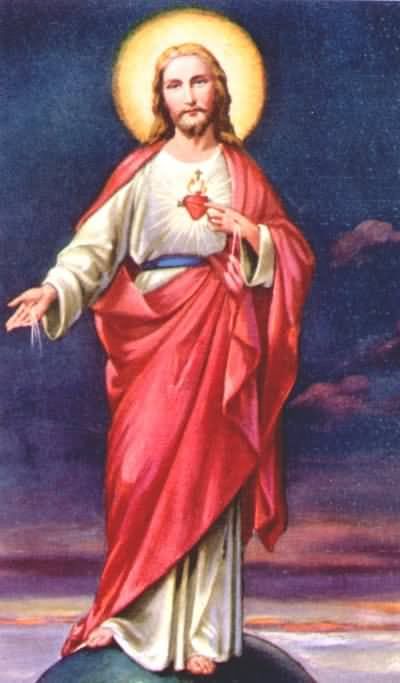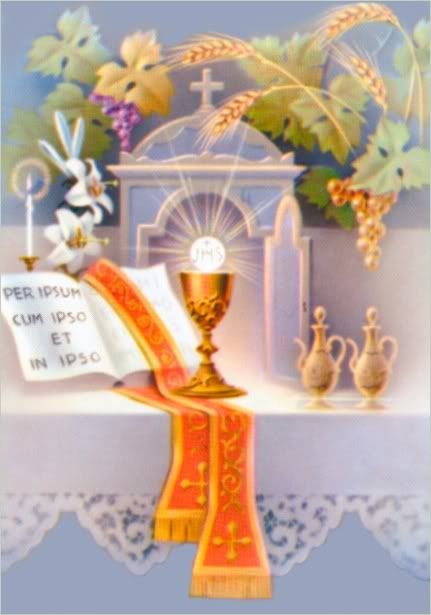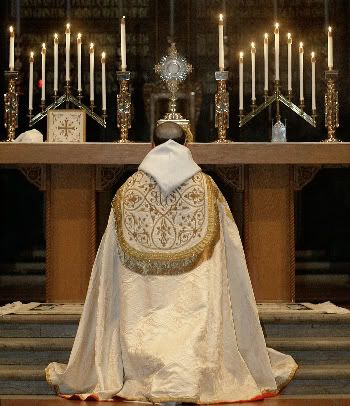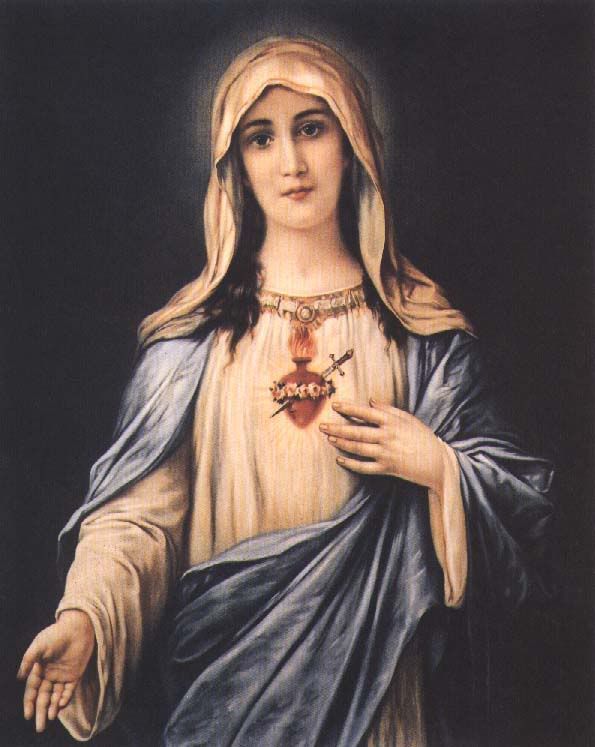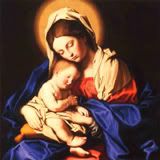Thursday, December 08, 2016
The Immaculate Conception Of Our Blessed Lady

Today is one of the principal feasts of Our Blessed Lady, and a Holy Day of Obligation
From Dom Prosper Gueranger's The Liturgical Year.
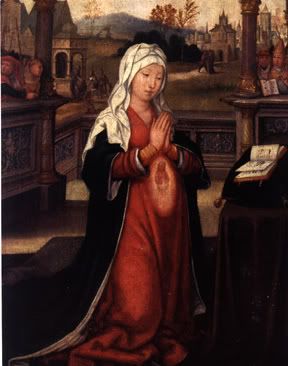
Prayer For the Immaculate Conception by Pope Pius XII
Enraptured by the splendor of thy heavenly beauty, and impelled by the anxieties of the world, we cast ourselves into thine arms, O Immacuate Mother of Jesus and our Mother, Mary, confident of finding in thy most loving heart appeasement of our ardent desires, and a safe harbor from the tempests which beset us on every side.
Though degraded by our faults and overwhelmed by infinite misery, we admire and praise the peerless richness of sublime gifts with which God has filled thee, above every other mere creature, from the first moment of thy conception until the day on which, after thine assumption into Heaven, He crowned thee Queen of the Universe.
O crystal fountain of faith, bathe our minds with the eternal truths! O fragrant Lily of all holiness, captivate our hearts with thy heavenly perfume! O Conqueress of evil and death, inspire in us a deep horror of sin, which makes the soul detestable to God and a slave of Hell!
O well-beloved of God, hear the ardent cry which rises up from every heart. Bend tenderly over our aching wounds. Convert the wicked, dry the tears of the afflicted and oppressed, comfort the poor and humble, quench hatreds, sweeten harshness, safeguard the flower of purity in youth, protect the holy Church, make all men feel the attraction of Christian goodness. In thy name, resounding harmoniously in Heaven, may they recognize that they are brothers, and that the nations are members of one family, upon which may there shine forth the sun of a universal and sincere peace.
Receive, O most sweet Mother, our humble supplications, and above all obtain for us that, one day, happy with thee, we may repeat before thy throne that hymn which today is sung on earth around thine altars: Thou art all-beautiful, O Mary! Thou art the glory, thou art the joy, thou art the honor of our people!
Amen.
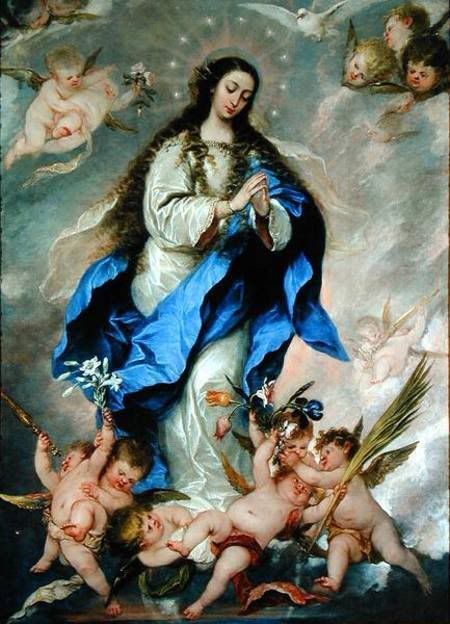
From Saint Alphonsus Liguori's The Glories of Mary
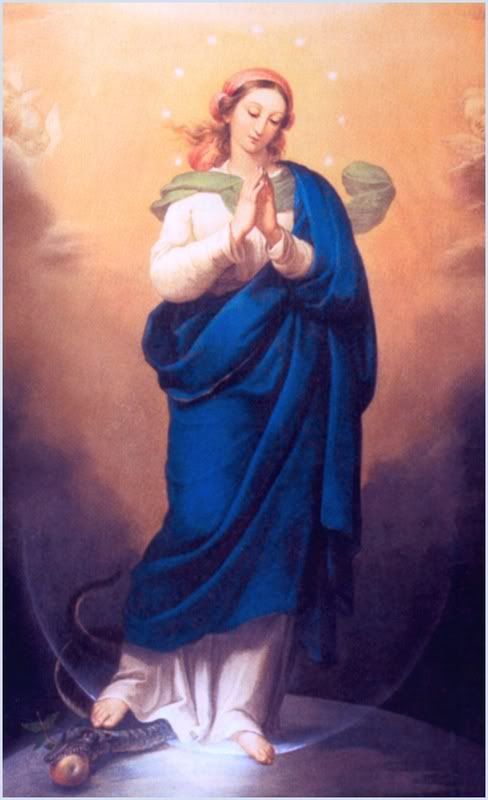
Saint Maximilian Kolbe on the dogma of the Immaculate Conception

Novena For the Immaculate Conception, Day 8
Invocation (to be Said Every Day of the Novena):
Thou art all fair, O Mary,
The Original Stain is not in thee.
Thou art the glory of Jerusalem,
Thou, the joy of Israel,
Thou, the great honor of our people
Thou, the advocate of sinners.
O Mary,
O Mary,
Virgin most prudent,
Mother most merciful,
Pray for us,
Intercede for us with our Lord Jesus Christ.
O Mary, Mother of God and Mother of us, thou who by a singular privilege, in virtue of the foreseen death of our Redeemer, wast redeemed from the first moment of thy conception and preserved immune from every spot of Original Sin, we firmly believe in this thy privilege and we proclaim it aloud, saying: "Thou art all fair, O Mary, and in thee there is no stain"; thou art the Immaculate; thy raiment is white as snow; thy face shines like the sun; in thee we marvel at the brightness of eternal light and the spotless mirror of Divine beauty. Like the Divine Redeemer, thou art wholly and utterly fair, for in Him there can be no stain and thou art His most perfect reflection.
We all rejoice in the Lord, as we celebrate the feast that recalls this singular privilege of thine, O Mary, Mother of God and our Mother, and we unite ourselves to thee in magnifying and thanking Our Lord, Who through thee hath done such wondrous deeds, and hath given us in thee good cause for rejoicing.
We would be ever worthy to love thee and to sing thy glories, O Mary, our Immaculate Mother, but we are by nature sons of wrath, and only by grace can we become thy children and acceptable unto thee. From thee we hope for assistance in obtaining the pardon of our sins, the strength to overcome our wicked passions, and to escape the snares. laid for us by the world and the devil. Wherefore, O Immaculate Mother, Mary, inspire in us an intense hatred of sin, perfect contrition for the sins we have committed, and a lively fear of falling again into sin; make our hearts and our bodies immaculate, lest we be confounded forever; and so, being cleansed of sin, with our passions under control, and the enemies of our salvation overcome, with pure hearts burning with love of thee, may we be able to sing to thee with unfaltering voices: "Thou art all fair, O Mary, and in thee there is no Original Stain; thou art our glory, thou art our joy."
Glorious things are spoken of thee, O Mary; for He that is mighty hath done great things unto thee.
Hail Mary...
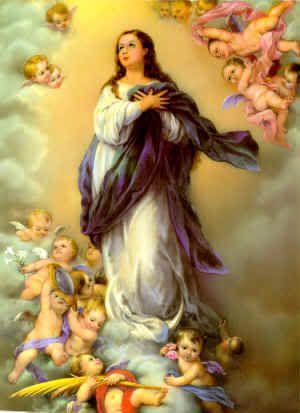
Novena For the Immaculate Conception, Day 9
Invocation (to be Said Every Day of the Novena):
Thou art all fair, O Mary,
The Original Stain is not in thee.
Thou art the glory of Jerusalem,
Thou, the joy of Israel,
Thou, the great honor of our people
Thou, the advocate of sinners.
O Mary,
O Mary,
Virgin most prudent,
Mother most merciful,
Pray for us,
Intercede for us with our Lord Jesus Christ.
Salutation of Saint Francis to the Virgin Mary
Hail, holy Lady, most holy Queen! Mother of God, Mary ever-Virgin! Chosen by the most holy Father of Heaven, and by Him, with His most holy and beloved Son and the Spirit Paraclete, consecrated! Thou in whom was and is all the fullness of grace and of goodness! Hail, thou, His palace! Hail, thou, His tabernacle! Hail, thou, His home! Hail, thou, His vesture! Hail, thou, His handmaid! Hail, thou, His Mother! And hail, too, all ye holy virtues which, by the grace and light of the Holy Ghost, are poured into the hearts of the faithful, to make them from faithless ones, faithful children of God.
Consecration to Our Blessed Mother
My Queen, my Mother! I give myself entirely to thee, and to show my devotion to thee I consecrate to thee this day, my eyes, my ears, my mouth, my heart, my whole being without reserve, Wherefore, good Mother, as I am thine own, keep me, guard me, as thy property and possession.
Amen.
O God, Who by the Immaculate Conception of the Virgin didst prepare a worthy dwelling place for Thy Son, we entreat Thee, Who didst preserve Her from all stain of sin by the Death of that same Son, foreseen by Thee, to grant that through Her intercession, we also may be made clean, and so may come to Thee, through the same Christ Our Lord.
Amen.
Hail Mary...
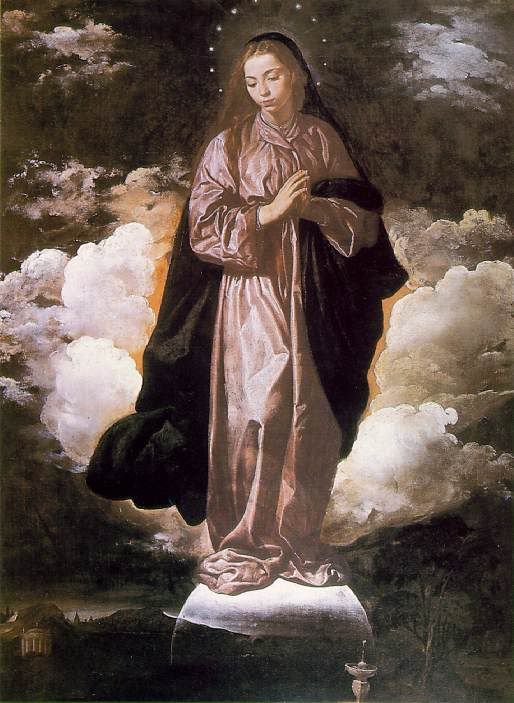
Wednesday, December 07, 2016
Saint Ambrose, Bishop, Confessor, & Doctor Of the Church
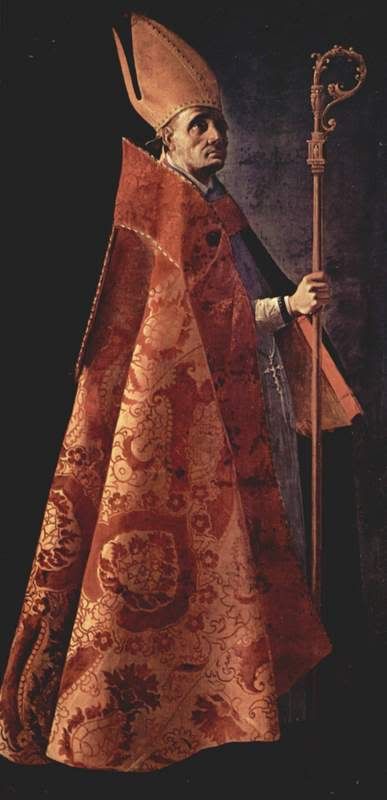
The Catholic Encyclopedia
The Golden Legend
This prayer of his is a weekly part of my prayer life, as I pray it before Mass, even though I only communicate sacramentally 2-3 times per year.
Saint Ambrose's Prayer Before the Most Blessed Sacrament
O loving Lord Jesus Christ, I a sinner, presuming not on my own merits, but trusting in Thy mercy and goodness, with fear and trembling approach the table of Thy most sacred banquet. For I have defiled both my heart and body with many sins, and have not kept a strict guard over my mind and my tongue. Wherefore, O gracious God, O awful Majesty, I, awretched creature, entangled in difficulties, have recourse to Thee the fount of mercy; to Thee do I fly that I may be healed, and take refuge under Thy protection, and I ardently desire to have Him as my Saviour, whom I am unable to face as my Judge.
To Thee, O Lord, I show my wounds, to Thee I lay bare my shame. I know that my sins are many and great, on account of which I am filled with fear. But I trust in Thy mercy, of which there is no end. Look down upon me, therefore, with the eyes of Thy mercy, O Lord Jesus Christ, eternal King, God and Man, crucified for men. Hearken unto me, for my hope is in Thee; have mercy on me, who am full of misery and sin, Thou who wilt never cease to let flow the fountain of mercy.
Hail, Victim of Salvation, offered for me and for all mankind on the gibbet of the cross! Hail, Noble and Most Precious Blood, flowing from the wounds of my crucified Lord Jesus Christ and washing away all the sins of the whole world! Remember, O Lord, Thy creature, whom Thou hast redeemed by Thy Most Precious Blood.
I am grieved because I have sinned. I desire to make amends for what I have done. Take away from me therefore, O most merciful Father, all my iniquities and sins, that, being purified both in soul and body, I may worthily partake of the Holy of Holies. Grant that my reception of Thy Body and Blood, which I purpose, unworthy though I am, may bring to me pardon for my sins, the perfect cleansing of my faults, the expulsion of all evil thoughts, and the renewal of pure feelings, the health and efficacy of good works, pleasing unto Thee, and a most strong protection both in soul and body against the snares of my enemies.
Amen.
Saint Ambrose, please pray for us!
Tuesday, December 06, 2016
Saint Nicholas, Bishop & Confessor
Today is the feast of probably the most popular saint in Christendom, the patron of children, young people, poor people, prisoners, thieves, murderers, pawnbrokers, and those seeking marriage, Saint Nicholas of Myra.
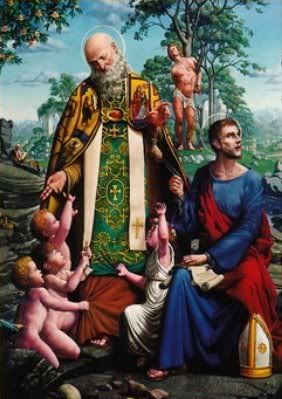
This is what The Golden Legend has to say about him.
The Saint Nicholas Center is your go-to resource on Good Saint Nicholas.
Wilson's Almanac also has a great deal of good material.
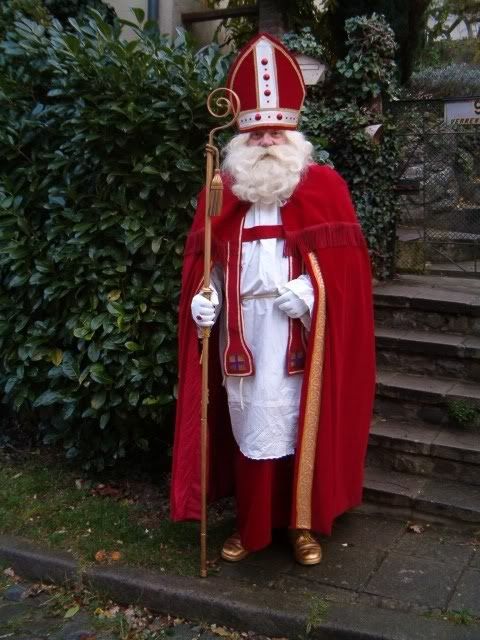
On the surface, the modern Dutch Sinterclaas looks more like the original bishop of Myra. That despite the fact that the Dutch are perhaps the most post-Christian culture in Europe.

Thomas Nast's 19th century American rendition.

Twentieth Century American artist Haddon Sundblom, working for the Coca Cola Company, helped establish the modern image of Saint Nicholas, or Santa Claus.
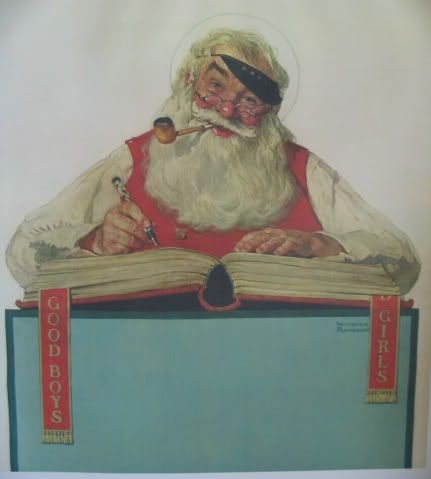
As did Norman Rockwell, working mostly for the Saturday Evening Post.
Efforts are made from time to time to update Saint Nicholas' garb and image, but they are rejected by children themselves. Ironically, the young are the ones who insist that Santa looks like this, and nothing else. You can put black boots on him, rather than brown (but they have to be the same style). You can put a strip of white fur down the front of his coat. Sometimes he can wear a harness with sleigh bells. And you can give him green mittens. But changes beyond that are rejected by children out of hand as unbecoming to Jolly Old Saint Nicholas.
Maybe Nast's/Sundblom's/Rockwell's vision has so much staying power because it is anchored in tradition. The red and white coat is an adaptation of a bishop's robes. The miter has become a fur hat.
Happy Saint Nicholas' Day!
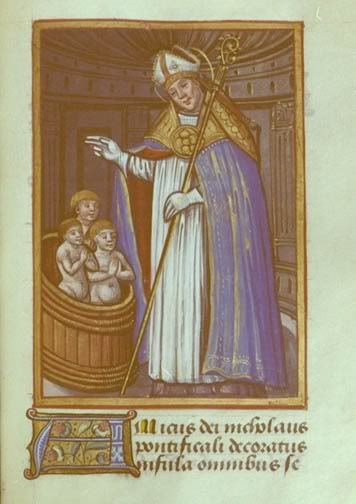
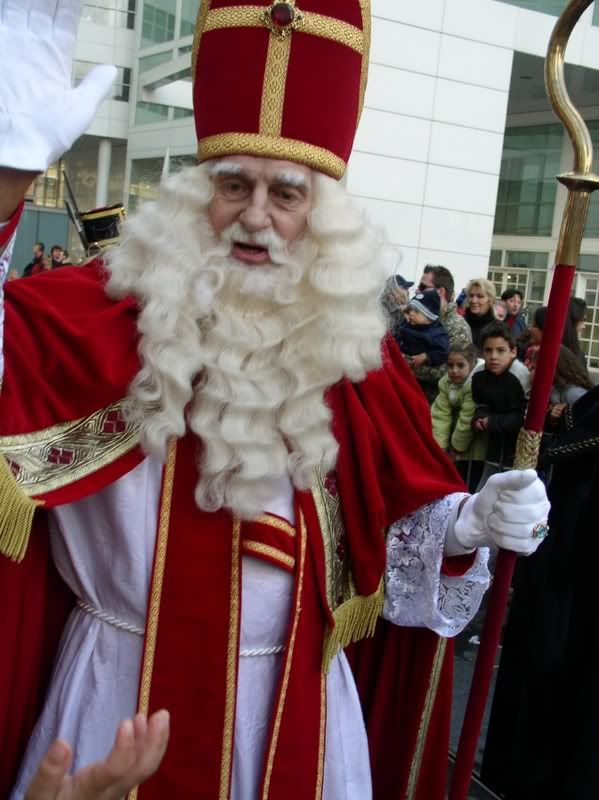
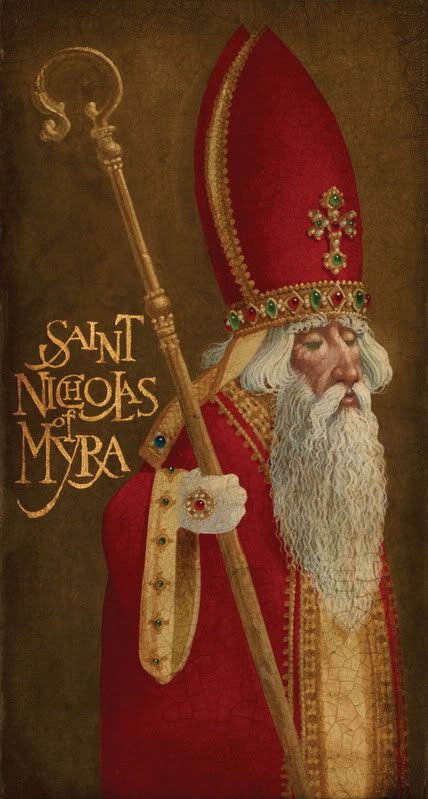
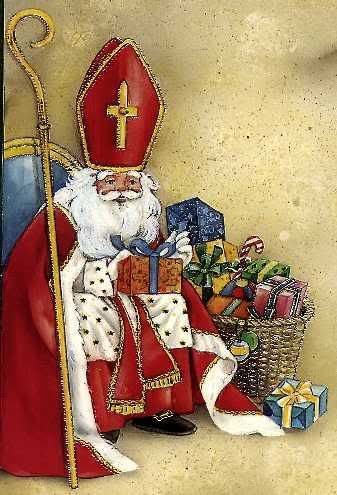
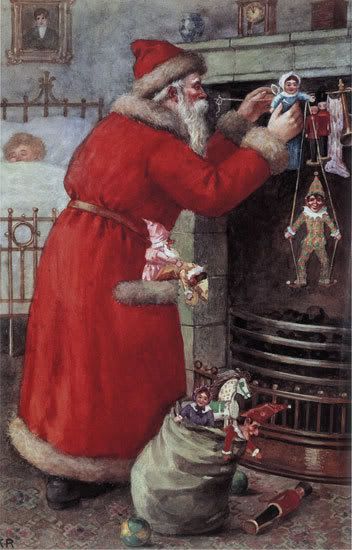

Saint Nicholas, please pray for us!

This is what The Golden Legend has to say about him.
The Saint Nicholas Center is your go-to resource on Good Saint Nicholas.
Wilson's Almanac also has a great deal of good material.

On the surface, the modern Dutch Sinterclaas looks more like the original bishop of Myra. That despite the fact that the Dutch are perhaps the most post-Christian culture in Europe.

Thomas Nast's 19th century American rendition.

Twentieth Century American artist Haddon Sundblom, working for the Coca Cola Company, helped establish the modern image of Saint Nicholas, or Santa Claus.

As did Norman Rockwell, working mostly for the Saturday Evening Post.
Efforts are made from time to time to update Saint Nicholas' garb and image, but they are rejected by children themselves. Ironically, the young are the ones who insist that Santa looks like this, and nothing else. You can put black boots on him, rather than brown (but they have to be the same style). You can put a strip of white fur down the front of his coat. Sometimes he can wear a harness with sleigh bells. And you can give him green mittens. But changes beyond that are rejected by children out of hand as unbecoming to Jolly Old Saint Nicholas.
Maybe Nast's/Sundblom's/Rockwell's vision has so much staying power because it is anchored in tradition. The red and white coat is an adaptation of a bishop's robes. The miter has become a fur hat.
Happy Saint Nicholas' Day!






Saint Nicholas, please pray for us!
Sunday, December 04, 2016
Saint Barbara, Virgin & Martyr

Here is what The Catholic Encyclopedia has to say about the patroness of artillerists.
Happy Feast of Saint Barbara to all my gunner friends in the Royal Artillery, the Royal Irish Artillery, and those who have served and are serving in the Artillery branch of the United States Army
Saint Barbara, please pray for us!
Second Sunday Of Advent

From The Liturgical Year, by Abbot Prosper Gueranger, OSB:
The History Of Advent
The name Advent (From the Latin word Adventus, which signifies a coming) is applied, in the Latin Church, to that period of the year, during which the Church requires the faithful to prepare for the celebration of the feast of Christmas, the anniversary of the birth of Jesus Christ. The mystery of that great day had every right to the honour of being prepared for by prayer and works of penance; and, in fact, it is impossible to state, with any certainty, when this season of preparation (which had long been observed before receiving its present name of Advent) was first instituted. It would seem, however, that its observance first began in the west, since it is evident that Advent could not have been looked on as a preparation for the feast of Christmas, until that feast was definitively fixed to the twenty-fifth of December; which was done in the east only towards the close of the fourth century; whereas it is certain that the Church of Rome kept the feast on that day at a much earlier period.
We must look upon Advent in two different lights: first, as a time of preparation, properly so called, for the birth of our Saviour, by works of penance: and secondly, as a series of ecclesiastical Offices drawn up for the same purpose. We find, as far back as the fifth century, the custom of giving exhortations to the people in order to prepare them for the feast of Christmas. We have two sermons of Saint Maximus of Turin on this subject, not to speak of several others which were formerly attributed to St. Ambrose and St. Augustine, but which were probably written by St. Cesarius of Aries. If these documents do not tell us what was the duration and what the exercises of this holy season, they at least show us how ancient was the practice of distinguishing the time of Advent by special sermons. Saint Ivo of Chartres, St. Bernard, and several other doctors of the eleventh and twelfth centuries, have left us set sermons de Adventu Domini, quite distinct from their Sunday homilies on the Gospels of that season. In the capitularia of Charles the Bald, in 846, the bishops admonish that prince not to call them away from their Churches during Lent or Advent, under pretext of affairs of the State or the necessities of war, seeing that they have special duties to fulfil, and particularly that of preaching during those sacred times.
The oldest document in which we find the length and exercises of Advent mentioned with anything like clearness, is a passage in the second book of the History of the Franks by St. Gregory of Tours, where he says that St. Perpetuus, one of his predecessors, who held that see about the year 480, had decreed a fast three times a week, from the feast of St. Martin until Christmas. It would be impossible to decide whether St. Perpetuus, by his regulations, established a new custom, or merely enforced an already existing law. Let us, however, note this interval of forty, or rather of forty-three days, so expressly mentioned, and consecrated to penance, as though it were a second Lent, though less strict and severe than that which precedes Easter.
Later on, we find the ninth canon of the first Council of Macon, held in 582, ordaining that during the same interval between St. Martin's day and Christmas, the Mondays, Wednesdays, and Fridays, should be fasting days, and that the Sacrifice should be celebrated according to the lenten rite. Not many years before that, namely in 567, the second Council of Tours had enjoined the monks to fast from the beginning of December till Christmas. This practice of penance soon extended to the whole forty days, even for the laity: and it was commonly called St. Martin's Lent. The capitularia of Charlemagne, in the sixth book, leave us no doubt on the matter; and Rabanus Maurus, in the second book of his Institution of clerics, bears testimony to this observance. There were even special rejoicings made on St. Martin's feast, just as we see them practised now at the approach of Lent and Easter.
The obligation of observing this Lent, which, though introduced so imperceptibly, had by degrees acquired the force of a sacred law, began to be relaxed, and the forty days from St. Martin's day to Christmas were reduced to four weeks. We have seen that this fast began to be observed first in France; but thence it spread into England, as we find from Venerable Bede's history; into Italy, as appears from a diploma of Astolphus, king of the Lombards, dated 753; into Germany, Spain, &c., of which the proofs may be seen in the learned work of Dom Martene, On the ancient rites of the Church. The first allusion to Advent's being reduced to four weeks is to be found in the ninth century, in a letter of Pope St. Nicholas I to the Bulgarians. The testimony of Ratherius of Verona, and of Abbo of Fleury, both writers of the tenth century, goes also to prove that, even then, the question of reducing the duration of the Advent fast by one-third was seriously entertained. It is true that St. Peter Damian, in the eleventh century, speaks of the Advent fast as still being for forty days; and that St. Louis, two centuries later, kept it for that length of time; but as far as this holy king is concerned, it is probable that it was only his own devotion which prompted him to this practice.
The discipline of the Churches of the west, after having reduced the time of the Advent fast, so far relented, in a few years, as to change the fast into a simple abstinence; and we even find Councils of the twelfth century, for instance Selingstadt in 1122, and Avranches in 1172, which seem to require only the clergy to observe this abstinence. The Council of Salisbury, held in 1281, would seem to expect none but monks to keep it. On the other hand (for the whole subject is very confused, owing, no doubt, to there never having been any uniformity of discipline regarding it in the western Church), we find Pope Innocent III, in his letter to the bishop of Braga, mentioning the custom of fasting during the whole of Advent, as being at that time observed in Rome; and Durandus, in the same thirteenth century, in his Rational on the Divine Offices, tells us that, in France, fasting was uninterruptedly observed during the whole of that holy time.
This much is certain, that, by degrees, the custom of fasting so far fell into disuse, that when, in 1362, Pope Urban V endeavoured to prevent the total decay of the Advent penance, all he insisted upon was that all the clerics of his court should keep abstinence during Advent, without in any way including others, either clergy or laity, in this law. St. Charles Borromeo also strove to bring back his people of Milan to the spirit, if not to the letter, of ancient times. In his fourth Council, he enjoins the parish priests to exhort the faithful to go to Communion on the Sundays, at least, of Lent and Advent; and afterwards addressed to the faithful themselves a pastoral letter, in which, after having reminded them of the dispositions wherewith they ought to spend this holy time, he strongly urges them to fast on the Mondays, Wednesdays, and Fridays, at least, of each week in Advent. Finally, Pope Benedict XIV, when archbishop of Bologna, following these illustrious examples) wrote his eleventh Ecclesiastical Institution for the purpose of exciting in the minds of his diocesans the exalted idea which the Christians of former times had of the holy season of Advent, and of removing an erroneous opinion which prevailed in those parts, namely, that Advent concerned religious only and not the laity. He shows them that such an opinion, unless it be limited to the two practices of fasting and abstinence, is, strictly speaking, rash and scandalous, since it cannot be denied that, in the laws and usages of the universal Church, there exist special practices, having for their end to prepare the faithful for the great feast of the birth of Jesus Christ.
The Greek Church still continues to observe the fast of Advent, though with much less rigour than that of Lent. It consists of forty days, beginning with November 14, the day on which this Church keeps the feast of the apostle St. Philip. During this entire period, the people abstain from flesh-meat, butter, milk, and eggs; but they are allowed, which they are not during Lent, fish, oil, and wine. Fasting, in its strict sense, is binding only on seven out of the forty days; and the whole period goes under the name of St. Philip's Lent. The Greeks justify these relaxations by this distinction: that the Lent before Christmas is, so they say, only an institution of the monks, whereas the Lent before Easter is of apostolic institution.
But, if the exterior practices of penance which formerly sanctified the season of Advent, have been, in the western Church, so gradually relaxed as to have become now quite obsolete except in monasteries, the general character of the liturgy of this holy time has not changed; and it is by their zeal in following its spirit, that the faithful will prove their earnestness in preparing for Christmas.
The liturgical form of Advent as it now exists in the Roman Church, has gone through certain modifications. St. Gregory seems to have been the first to draw up the Office for this season, which originally included five Sundays, as is evident from the most ancient sacramentaries of this great Pope. It even appears probable, and the opinion has been adopted by Amalarius of Metz, Berno of Reichnau, Dom Martene, and Benedict XIV, that St. Gregory originated the ecclesiastical precept of Advent, although the custom of devoting a longer or shorter period to a preparation for Christmas has been observed from time immemorial, and the abstinence and fast of this holy season first began in France. St. Gregory therefore fixed, for the Churches of the Latin rite, the form of the Office for this Lent-like season, and sanctioned the fast which had been established, granting a certain latitude to the several Churches as to the manner of its observance.
The sacramentary of St. Gelasius has neither Mass nor Office of preparation for Christmas; the first we meet with are in the Gregorian sacramentary, and, as we just observed, these Masses are five in number. It is remarkable that these Sundays were then counted inversely, that is, the nearest to Christmas was called the first Sunday, and so on with the rest. So far back as the ninth and tenth centuries, these Sundays were reduced to four, as we learn from Amalarius St. Nicholas I, Berno of Reichnau, Ratherius of Verona, &c., and such also is their number in the Gregorian sacramentary of Pamelius, which appears to have been transcribed about this same period. From that time, the Roman Church has always observed this arrangement of Advent, which gives it four weeks, the fourth being that in which Christmas day falls, unless December 25 be a Sunday. We may therefore consider the present discipline of the observance of Advent as having lasted a thousand years, at least as far as the Church of Rome is concerned; for some of the Churches in France kept up the number of five Sundays as late as the thirteenth century.
The Ambrosian liturgy, even to this day, has six weeks of Advent; so has the Gothic or Mozarabic missal. As regards the Gallican liturgy, the fragments collected by Dom Mabillon give us no information; but it is natural to suppose with this learned man, whose opinion has been confirmed by Dom Martene, that the Church of Gaul adopted, in this as in so many other points, the usages of the Gothic Church, that is to say, that its Advent consisted of six Sundays and six weeks.
With regard to the Greeks, their rubrics for Advent are given in the Menaea, immediately after the Office for November 14. They have no proper Office for Advent, neither do they celebrate during this time the Mass of the Presanctified, as they do in Lent. There are only in the Offices for the saints, whose feasts occur between November 14 and the Sunday nearest Christmas, frequent allusions to the birth of the Saviour, to the maternity of Mary, to the cave of Bethlehem, &c. On the Sunday preceding Christmas, in order to celebrate the expected coming of the Messias, they keep what they call the feast of the holy fathers, that is the commemoration of the saints of the old Law. They give the name of Ante-Feast of the Nativity to December 20, 21, 22, and 23; and although they say the Office of several saints on these four days, yet the mystery of the birth of Jesus pervades the whole liturgy.



